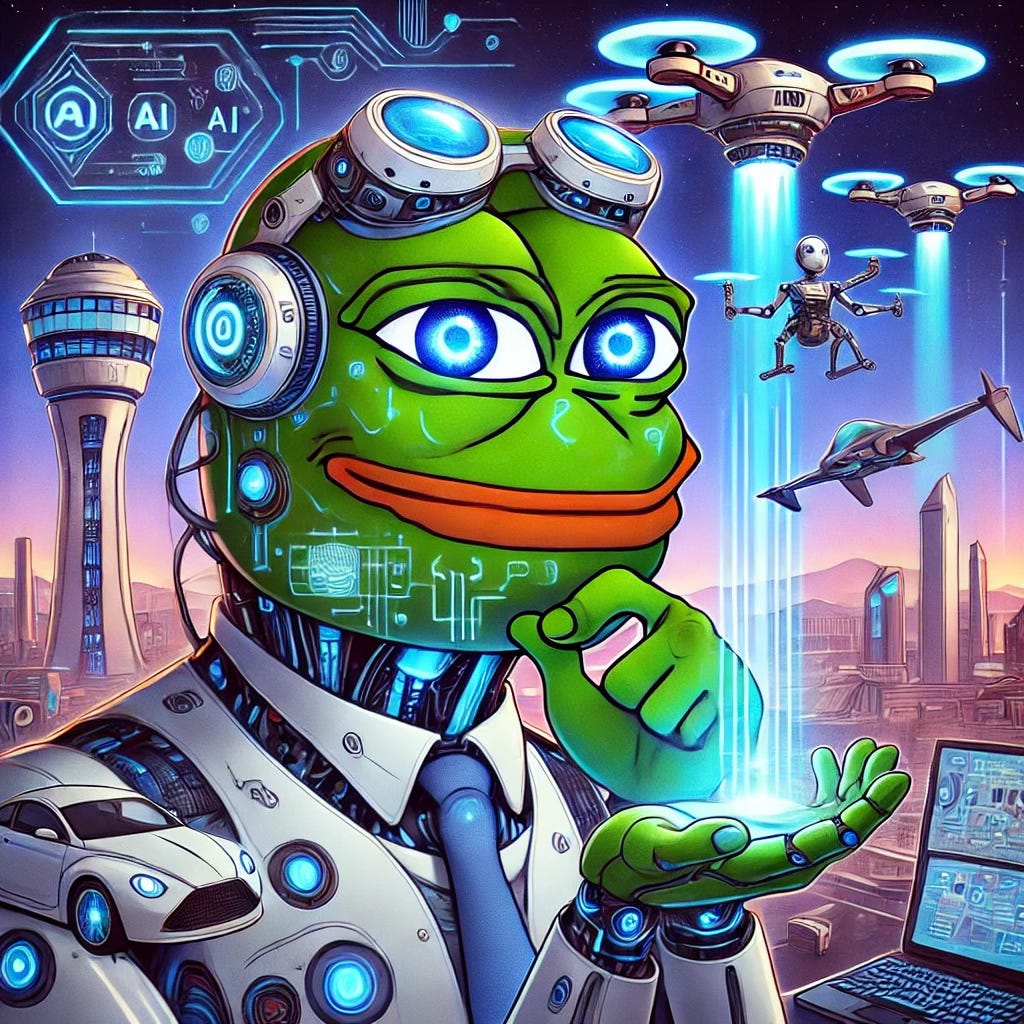NVIDIA stole the show at the latest GeForce Special Events (GES) when they talked about the trajectory of developing AI from Agentic AI, where we are currently seeing a lot of development and growth, to Physical AI, which involves self-driving cars and robotics. Considering how they had great foresight in predicting the growth of Agentic AI before it exploded, people are now obsessing about the potential of Physical AI to be early again.
While winners haven’t emerged yet, there are still some interesting developments and opportunities to consider.
What is Physical AI?
Physical AI is the creation of intelligent embodied systems that integrate AI with physical components to perform tasks and interact with their environment. These operate as AI agents that can learn dynamically but also blend the principles of robotics into it, which makes them more humanoid. The idea is to create physical ai that is able to interact seamlessly with the real world as the current state is still clunky but still vastly improved from a year ago. The pace at which things are moving is frightening, to be honest.
Physical AI is a convergence of AI and robotics where mechanical designs learn to adapt their behavior based on experience.
Embodiment and autonomy are key components of Physical AI.
There are many different forms of robots in the first iteration of Physical AI as we are scratching the surface:
Soft robots - robotic systems of flexible and easily deformable materials that can adapt to different environments.
Humanoid robots - this is what people are most familiar with after watching movies like Terminator and I, Robot (which makes people uncomfortable, funnily enough).
Swarm robots - Agents that work in a collective where each of them can specialize in an individual task to achieve a specific goal (think of them as ant colonies).
Medical robots are intended to be used for surgeries, etc., to avoid human error and increase the success rate. Still undergoing training but this is likely the future.
Autonomous vehicles - Self-driving cars without human intervention. Tesla is a good example of this.
The goal of Physical AI is to bridge the gap between humans and machines by building robots that are safer and more adaptive. While they are supposed to be able to function in homes and workplaces. They are supposed to integrate into our society flawlessly. Essentially they are a reminder that the human mind and body are readily flawed and will be intended to plug those gaps.
Exciting but also scary, as it will make a lot of human services obsolete.
How does this tie into Crypto? Agentic AI is more tailored to crypto to use our rails and execute clunky transactions that our system is built upon right now. However, there are still people who are trying to integrate robotics into our industry.
With that said, I am going to highlight some opportunities worth looking into as this ecosystem continues to evolve.





